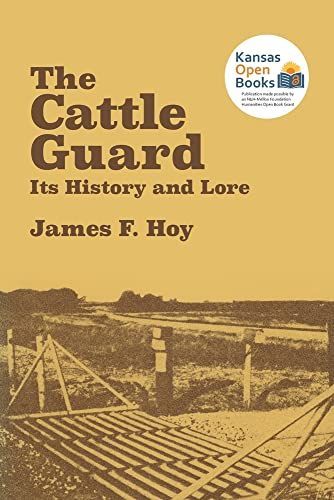
The Cattle Guard Its History and Lore
With this study the cattle guard joins the sod house, the windmill, and barbed wire as a symbol of range country on the American Great Plains. A U.S. folk innovation now in use throughout the world, the cattle guard functions as both a gate and a fence: it keeps livestock from crossing, but allows automobiles and people to cross freely. The author blends traditional history and folklore to trace the origins of the cattle guard and to describe how, in true folk fashion, the device in its simplest form--wooden poles or logs spaced in parallel fashion over a pit in the roadway--was reinvented and adapted throughout livestock country. Hoy traces the origins of the cattle guard to flat stone stiles unique to Cornwall, England, then through the railroad cattle guard, in use in this country as early as 1836, and finally to the Great Plains where, probably in 1905, the first ones appeared on roads. He describes regional variations in cattle guards and details unusual types. He provides information on cattle-guard makers, who range from local blacksmiths and welders to farmers and ranchers to large manufacturers. In addition to documenting the economic and cultural significance of the cattle guard, this volume reveals much about early twentieth-century farm and ranch life. It will be of interest not only to folklorists and historians of agriculture and Western America, but also to many Plains-area farmers, ranchers, and oilmen.